Beyond the Wall: Culture and Collisions in Ramallah
This article is the second piece in a series about my experience as a Jew visiting the West Bank. To view the first article, click here.
Crossing the Boundary
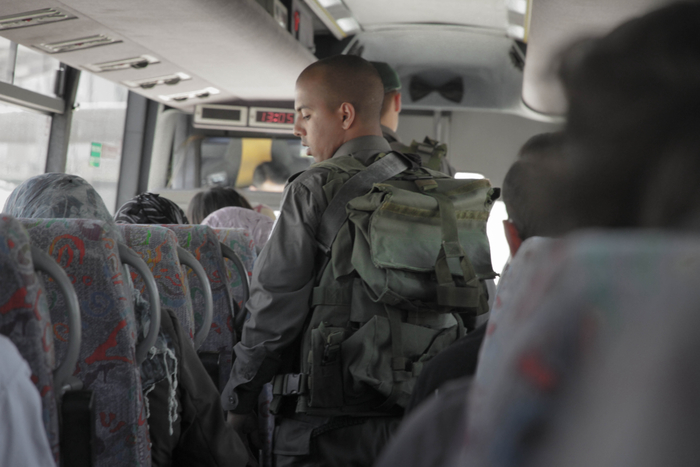 The bus that crosses the green line into the West Bank is where one begins to feel the presence of Israeli occupation. Being one of the few Jewish people on the bus, I feel mildly isolated from the crowd of Palestinians returning to Bethlehem from Jerusalem.
The bus that crosses the green line into the West Bank is where one begins to feel the presence of Israeli occupation. Being one of the few Jewish people on the bus, I feel mildly isolated from the crowd of Palestinians returning to Bethlehem from Jerusalem.
I decide to speak to some Palestinian women who are curiously wondering what my purpose of visit is to the West Bank. They tell me they work in Jerusalem and were given permits to cross the security barrier into Jerusalem. Without these permits, they would not be allowed out of the West Bank since Palestinians cannot travel freely across the green line.
The bus comes to a halt and Israeli soldiers enter. We have reached a checkpoint, the place where every person must show their border crossing permits. When the soldier reaches my mother and I, his expression is one that wonders why any Jew would have the desire to go to the other side of the wall.
I know very well that my image of Israel is incomplete without this experience of the other side. It is my duty as a Jew to see the full picture and to not ignorantly blind myself from the Palestinian struggle.
This bus ride is a daily reality for those who are forced to migrate beyond the frontiers put up by the Israeli government. I feel the degradation that the men and women feel on that bus as the I.D.F. soldier looks down on them like cattle. Is it fair to label the Palestinians going about their daily routine as terrorists until a slip of paper proves them otherwise?
The Wall at Bethlehem
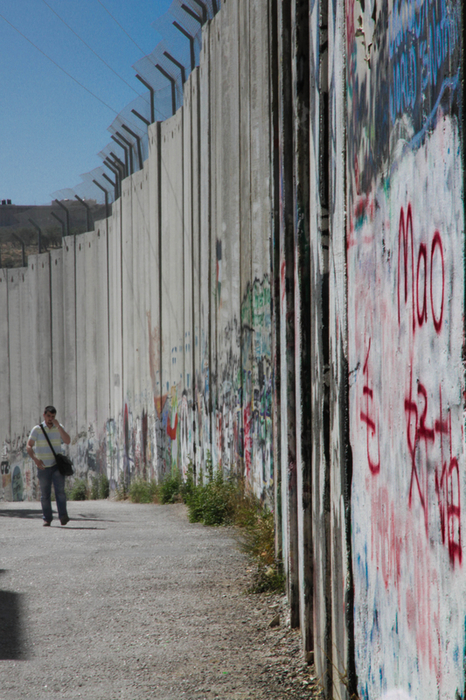
One of the most striking views of the security barrier can be seen in the city of Bethlehem in the West Bank. This is historically the birthplace of Jesus Christ. Today, it is a town where the occupation can be felt imposingly due to the looming presence of the massive concrete wall.
It cuts directly into the lives of the inhabitants in Bethlehem as Palestinians go about their daily routines. Through speaking to civilians, I learn that the wall is merciless. It divides farmers from their crops and arbitrarily cuts into Palestinian communities. Activist graffiti can be seen along the wall here including some famous Banksy pieces.
Pictured below is an eerily abandoned park that sits next to the wall and massive observation tower. It seems that Big Brother is watching, making sure that the children idly playing in the park are not plotting against the state of Israel.
I question whether or not this wall is a viable solution to the problem of terrorism in Israel. Walling
themselves off from the situation in the West Bank does not seem like a reasonable long-term solution whatsoever. The collision between the peoples inhabiting the region seems to be represented by this massive, ugly scar that shows this conflict is far from healing.

Culture and Chaos in Ramallah
The cultural and political capital in the West Bank is indubitably vibrant Ramallah. This city is a progressive, developing hub where the presence of conflict cannot be felt nearly as strongly as in other parts of Palestine. It is only when one interacts with locals and hears personal stories of occupation when one sees the impediments placed on Palestinian livelihood by Israeli occupation.
One severely unacknowledged problem of this conflict is the way much of the global community conceives of the West Bank. Many diaspora Jews have an image of the West Bank as an anarchic, war-ravished society where a Jew would be attacked in the streets. Others picture Ramallah as a massive refugee camp where people spend their time suffering with no resources to live their lives.
The reality of the situation is not black and white. Yes, there are refugee camps and there is poverty much like every society in the world. However, there are a slew of wealthy inhabitants and a growing middle class in Ramallah who represent a bright future for the Palestinian people. Ramallah is a city where you can find trendy cafés and rooftop restaurants. It’s a city where young couples sit in nargila bars sipping on Palestinian brewed Taybeh beer. It is a fusion of Middle Eastern culture and a modern, politically aware youth scene.
The city is thriving in ways that Western depictions do not give it credit for. The literacy rate is rapidly increasing and Palestine is producing a new generation of educated youth who are tired of being restricted by the presence of Israeli occupation in their lives.
Upon touring Ramallah and seeing the massive contrasts and collisions of Palestinian society, we happen upon one of the most modern buildings in the city. It is a memorial and museum dedicated to the Palestinian freedom poet Mahmoud Darwish. It presents an elegant display of his life and works accompanied by a moving memorial of the man who moved people not through force, but through his art. This truly embodies the massive emphasis on self-expression and activism that is now embedded in Ramallah’s progressive youth scene.
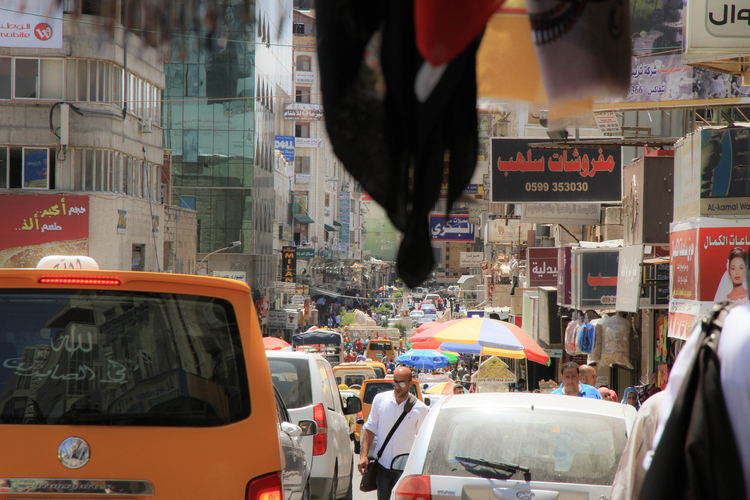
Thus, a fascinating paradigm shift is occurring in Ramallah in which we see the mentality of many changing from an extremist, violent approach to an activist, peaceful protest method. With the Israeli government still aggressively backing the construction of settlements in the West Bank, the Palestinian people are adopting a new approach to conflict.
Perhaps it is not the security barrier that has brought down the threat of terrorism in Israel, but rather the massive paradigm shift that is prompting people to put down their guns and peacefully protest the illegal occupation of Palestine.
What immediately shocks me about the atmosphere in Ramallah is that it does not resemble Israel in the slightest. I found it interesting that the moment one enters the West Bank, the feeling of being in the Middle East amplifies tenfold.
Being in Tel Aviv or West Jerusalem feels like being in a polished over Western society. The chaos of Ramallah is unlike anything I had ever experienced in my past journeys to Israel. Despite this, the nation claims possession of Palestine, a land that is culturally completely different.
Hebrew cannot be seen or heard anywhere in the streets. The call to prayer flows through alleyways and the chaos of the central market is overwhelming. This exemplifies the collision between the Western World and the Middle East. Across the border to the west, one enters Israel that feels like a patch of the West nestled in surrounding Arab societies.
Palestine is one of these societies and seems to have no place under Israeli occupation considering the stark cultural differences.
Contrasts of Ramallah
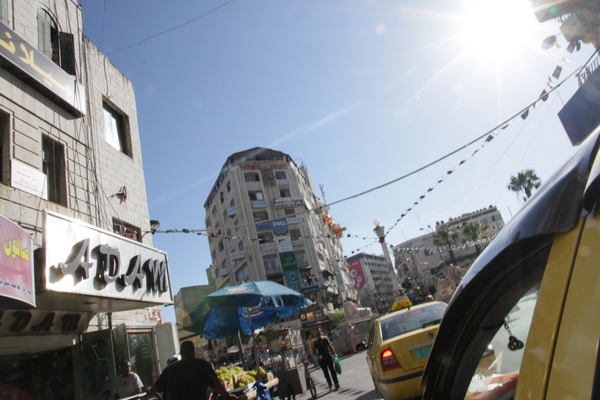
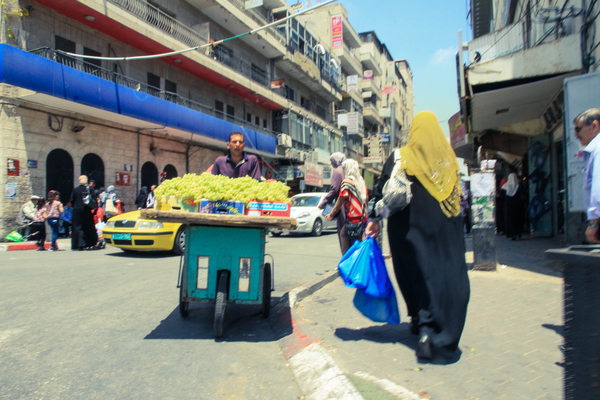
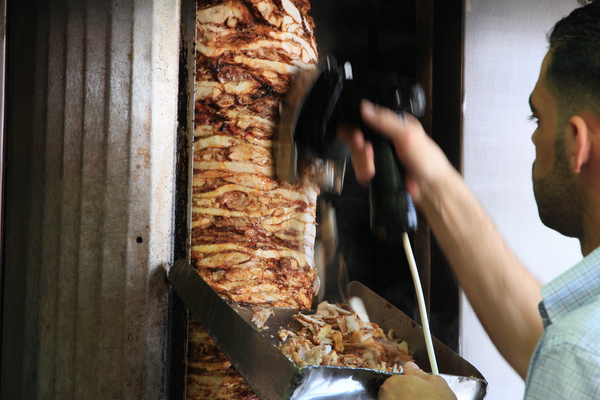
Middle Eastern Schwarma
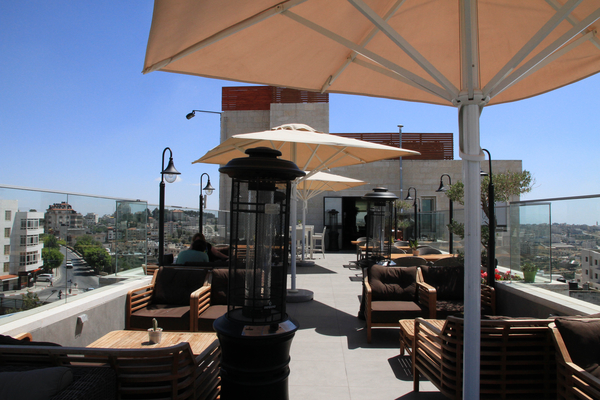
Rooftop dining; from here you can see the Mediterranean over the wall.

Girl in Al Am’ari Refugee Camp

In contrast, we see the homes of the upper class in Ramallah.
In my next article, I will narrow in on the importance of activist art as a significant driving force of social change. As an example, I will focus in on a portrait of palestinian artist Amer Shomali who uses various artistic mediums to promote the Palestinian cause.

Comments
No comments posted yet.
You have to be registered and logged in in order to post comments!